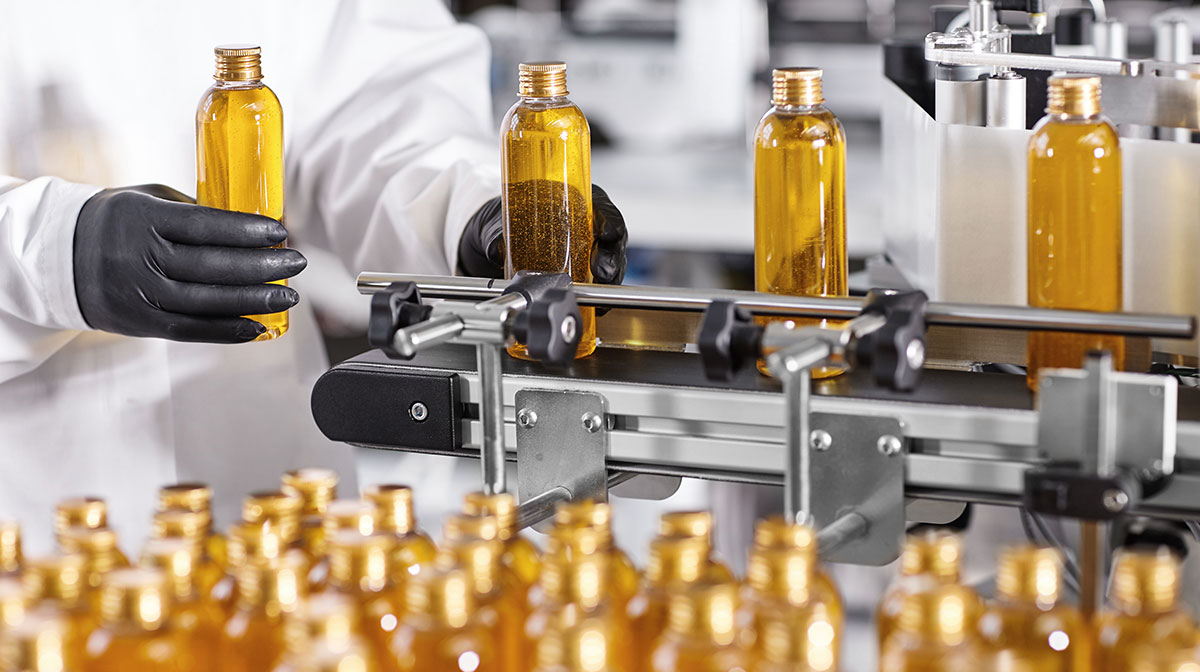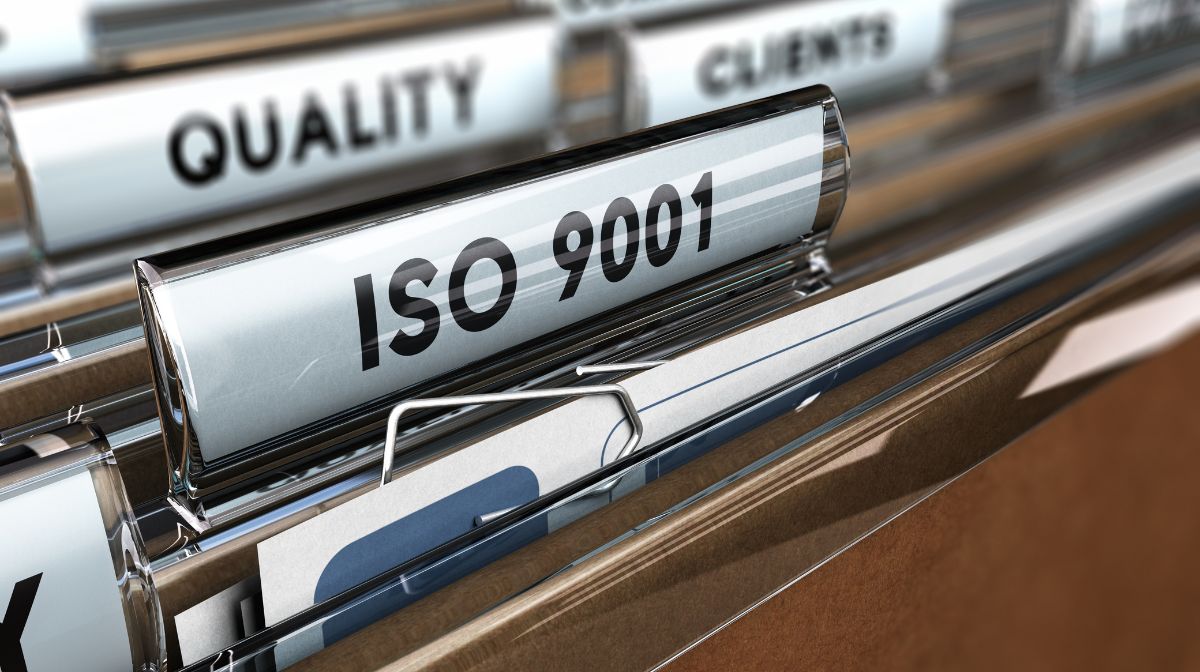KNOWLEDGE
How to Create a Packaging Quality Control Checklist

Packaging is an essential component of any product as it not only protects the item during transit but also serves as a representation of the brand’s quality and attention to detail. To ensure that the packaging meets the expected standards, it is crucial to have a quality control checklist in place. A packaging quality control checklist provides a set of guidelines and criteria that the packaging must meet before it can be approved for use. In this article, we will explore the steps involved in creating a packaging quality control checklist that can help you maintain consistency and excellence in your packaging.
What Is a Packaging Quality Control Checklist?
A packaging quality control checklist is a detailed set of requirements for checking whether or not a product’s packaging meets certain criteria. Inspectors use this checklist as a reference to ensure all packaging standards have been followed.
A standard checklist will examine things like whether or not the right materials were used for packaging, if the package is the right size and weight, if it was damaged in transit, and if it has the necessary labeling. The product’s seal, the legibility of the labeling, and the attractiveness of the package are all elements that could be part of the checklist’s visual inspections.

The Importance of a Packaging QC Checklist
A packaging quality control checklist is an essential tool for businesses to ensure that the packaging used for their products meet the necessary standards of quality, safety, and regulatory compliance. By consistently using a quality control checklist, businesses can maintain high standards of packaging quality and ultimately deliver products that meet or exceed customer expectations. The following are several reasons why utilizing a quality control checklist is imperative for your business.
Ensuring Product Safety
Ensuring product safety is crucial because it protects consumers from harm and minimizes the risk of legal liability for businesses. Utilizing a quality control checklist helps to ensure products are packaged in a clean and uncontaminated manner.
Complying With Regulations
Complying with regulations is crucial because it helps ensure that the product packaging is safe for consumers, protects the environment, and minimizes the risk of legal consequences for businesses.
Preserving a Brand’s Reputation
The reputation of a company’s brand is directly tied to the quality of its packaging. High-quality packaging can set a product apart from the competition and boost sales, while low-quality packaging can damage a company’s reputation.
Saving Costs
Using a packaging quality control checklist can save money by reducing the risk of product recalls, returns, and customer complaints which can be costly to resolve and damaging to your brand’s reputation.

Defining the Scope of Your Inspection Checklist
Defining the scope of your packaging quality inspection checklist is essential to make sure your products are packaged safely and to your customer’s satisfaction. When making the checklist, it’s important to consider what types of packaging you’re using and what elements need to be checked. For instance, if you’re dealing with flammable or toxic materials, you’ll need to take extra precautions during the packaging process to ensure safety.
Different packaging types may also have various regulatory requirements that need to be considered. Customer expectations for packaging quality can vary based on industry-standard packaging as well. By creating a checklist that’s tailored to meet your specific packaging needs, you can feel confident that you’re providing superior packaging that will not only meet customers’ expectations but ensure their satisfaction.
It’s important to think about whether your checklist will be used for checking incoming or outgoing shipments. For example, if it’s an outgoing shipment, you might want to focus on making sure the packaging looks great and represents your brand well. But if it’s an incoming shipment, you may want to double-check things like the size and weight of the items to make sure they match the specifications. By taking these factors into account, you can create a checklist that covers everything you need to ensure high-quality packaging for your products.
Determine Your Critical Control Points
To determine critical control points (CCPs) during quality control checks, a hazard analysis of the production process from raw material procurement to the final product should be conducted. This involves identifying potential sources of biological, chemical, and physical hazards that can impact product safety, quality, or regulatory compliance. CCPs are then established at points in the production process where control measures can be applied to prevent or reduce the identified hazards. Monitoring procedures are set up to ensure CCPs are working effectively, with critical limits established for each point. Corrective actions are taken if critical limits are exceeded.
By identifying and controlling hazards at critical points in the production process, the risk of quality-related issues is reduced, and products are delivered to customers safely and with the highest possible quality.

Set Your Quality Standards
Quality standards for packaging ensure that products are protected and presented in the best possible way. The packaging industry has established various quality standards to guarantee that packaging materials, design, and production meet certain product requirements. These standards cover various aspects of packaging, such as durability, safety, environmental impact, and regulatory compliance. For instance, ISO 9001 certification is a quality standard that focuses on ensuring that the manufacturer has an effective quality management system in place. Other standards, such as ASTM International’s standards for packaging materials and ISTA’s performance testing standards, provide guidance on the quality and performance of packaging materials and their ability to withstand various stresses during transportation and handling. By adhering to these product quality standards, businesses can ensure that their products are delivered to customers in optimal condition, reducing the risk of damage, waste, and dissatisfaction.

Create Your Checklist
To make sure that your product packaging is up to standard, it’s important to create a quality control checklist based on critical control points that are relevant to the product packaging you’re using. This can help ensure that the most important parts of the packaging process are checked and monitored consistently by your production team. Regular quality assurance checks can help you catch any flaws or quality issues before they become bigger problems, and can also help you meet regulatory compliance requirements. Plus, when you involve your team in the process and use their feedback to improve your checklist, you can save time and money in the long run.

Train Your Team on How to Use the Checklist
When it comes to creating high-quality products that customers will love, thoroughly training your team on how to use a packaging quality control checklist can increase efficiency, reduce defects, and ensure consistent quality control processes. By giving your team the proper training and resources, you can ensure that every aspect of the quality control process is covered, from checking the size and weight of the packaging to verifying that all necessary safety measures have been taken.
Consistent quality control processes are vital for customer satisfaction, and effective training can help you achieve this quickly and easily. In industries with strict regulatory requirements, noncompliance can lead to serious consequences, such as penalties, legal action, or a damaged reputation. So make sure your team is prepared and aware of all regulatory standards that pertain to the quality control process. With a well-trained team and a reliable quality control checklist, you can be confident that your products are safe, reliable, and of the highest quality.

Continuously Review and Improve the Checklist
A packaging quality control checklist must be reviewed and updated regularly to guarantee its continued usefulness and effectiveness. If your company releases a new product or changes the materials used for its packaging, you may need to revise your quality control checklist to account for the changes. Reviewing the findings of quality control product inspections regularly can help you spot places where the checklist is ineffective or could be improved. You can use this information to fine-tune the checklist and make it better at spotting problems with quality. Personnel who are directly engaged in the execution of the quality control checklist can offer useful input on its efficacy. By encouraging staff to actively participate in quality control efforts, you can inspire a sense of ownership and commitment to the process. As a result, employees see that their opinions and suggestions are valued and heard, empowering them to contribute valuable insights that can drive the success of your quality control efforts.
Example of a Packaging Quality Control Checklist
Here is an example of a Packaging Quality Control Checklist (your specific tests and checks will vary depending on your type of product and the packaging being used):
Product Label Verification
- Verify that the item number and product description are correct.
- Verify that the manufacturer information such as PO, lot code, and expiration date (if applicable) are printed clearly and easy to read.
Product Appearance
3. Verify that the product is free from visual defects, damages, and contamination.
4. Verify that the product color, size, and shape match the product specification sheet and the label.
Packaging Integrity
5. Verify that the packaging is protected, correctly packed, and securely sealed.
6. Verify that the packaging is the correct type and size for the product.
7. Verify that the packaging material meets the product specifications.
Packing List Verification
8. Verify that the product and quantity match the packing list.
9. Verify that the packing list is clearly printed and easy to read.
10. Check to see if there are other packing special instructions to follow.
11. If COCs are required, ensure that one is included in the shipment.
12. Verify that the packing list is signed off and included in the shipment.
Shipping Verification
13. Verify that the shipping label (if required) is clearly printed and easy to read.
14. Verify that the shipment is being sent to the correct destination.
15. Verify that the shipment is secured correctly and not at risk of damage during transit.
16. If a seal is required, ensure that the seal number matches the shipping document.
Download Packaging Quality Control Checklist
Always Deliver High-Quality Packaging Products to Customers
Implementing a packaging quality control checklist can help a business streamline its packaging process, minimize errors, and identify opportunities for improvement while maintaining high standards for quality control, but bringing a product to market is much more involved. Partnering with an expert to help you streamline your business operations will take the guesswork out of consequential business decisions.
At Paramount Global, we understand the importance packaging plays in delivering your product and providing a memorable customer experience. Our team has over 45 years of experience in packaging for different industries with various packaging standards, we’re here to help ensure that your packaging meets high-quality standards. When you partner with Paramount Global, you can feel confident that your packaging and logistics operations are in the hands of experienced professionals, who will optimize your processes and help you achieve your business goals. Contact us today to learn how we can be a trusted partner for you.
Hayley is a marketing professional and copywriter with a background in crafting content for a diverse range of industries. She has been writing about packaging and supply chain logistics for Paramount Global since 2022. She specializes in explaining complex topics in a clear and engaging way and is an advocate for sustainability in packaging and supply chain management.
Read More
For over forty years, Paramount has been delivering perfectly integrated packaging and supply chain solutions.
